From the buzzing streets of Hanoi and the lantern-lit alleys of Hoi An to the dramatic karst peaks of Halong Bay and the vibrant energy of Ho Chi Minh City, Vietnam is one of Southeast Asia’s most exciting and rewarding destinations. We visited for the first time recently and the country and its people exceeded our expectations. But if you’re visiting for the first time, we think it helps to arrive prepared.
Here are 12 essential Vietnam travel tips for first-time visitors that we feel will help you get the most out of your adventure — whether you’re here for street food, scenery, or cultural discovery.
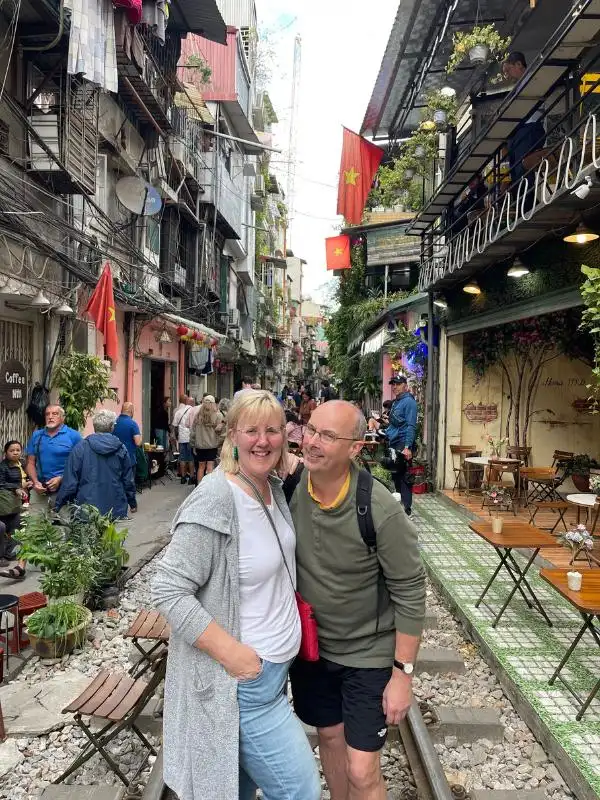
Table of Contents
Global Travel Planning Podcast
- GTPP Episode #4 – Vietnam Travel Guide – Expert Tips and Info for First Time Visitors
- GTPP Episode #9 – Trip Report: Snapshots from Asia
- GTPP Episode #11 – Connecting Travellers with Local Experiences: A Conversation with LikeLocal Founder Gevorg Babayan
- GTPP Episode #12 – Cultural Immersion Explored: Adventures in Vietnam and Cambodia with LikeLocal
12 Essential Vietnam Travel Tips
1. You’ll Need a Visa (or an eVisa) 🛂
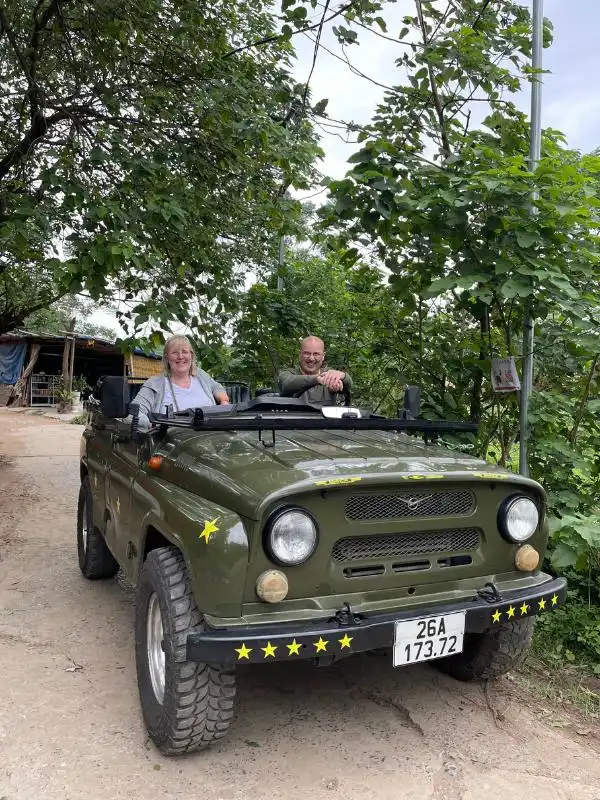
Many travellers need a visa or eVisa to enter Vietnam, depending on nationality and the length of time you wish to stay. Thankfully, it’s an easy process if you plan ahead.
Tips:
- Most travellers can apply for an eVisa online at evisa.gov.vn
- Check your eligibility and apply at least a week in advance.
- Have a printed copy of your eVisa ready for immigration at your arrival point.
- You can purchase either a single entry or multiple entry visa, both of which last 90 days.
- You must have at least 6 months left on your passport to apply for a visa for Vietnam.
💡 Tip: Don’t rely on visa-on-arrival unless you’re travelling with a tour operator that arranges it.
2. Get a Local SIM Card or eSIM 📱
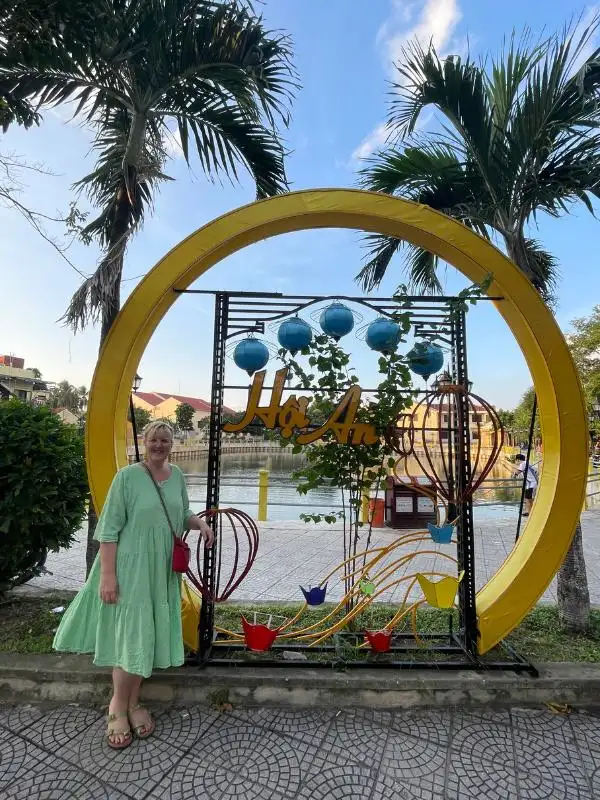
Staying connected in Vietnam is easy and affordable with a local SIM card or eSIM. We found that internet speeds are excellent even in rural areas.
Tips:
- Major providers who cover the whole country (including rural areas) are Viettel, Mobifone, and Vinaphone.
- SIMs are available to purchase at airports and convenience stores.
- eSIMs can be pre-purchased online – we recommend (and use) Airalo esims.
- Unlimited data plans are common and cheap.
💡 Tip: Use apps like Grab, Google Translate, and Maps.me for easy travel and navigation.
3. Cash Is King, But Cards Are Catching On 💵
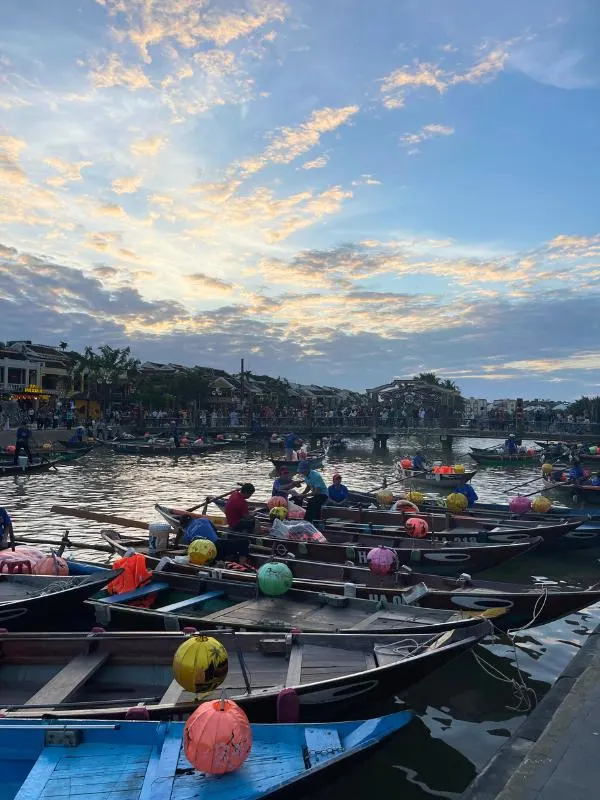
While Vietnam is gradually embracing cashless payments, many places — especially street stalls and small businesses — still only accept cash.
Tips:
- The local currency is the Vietnamese dong (VND).
- Carry small denominations for taxis, food, and tips.
- ATMs are widely available and safe to use.
- Credit cards are accepted at hotels, malls, and upscale restaurants, but check for surcharges.
💡 Tip: Watch the zeros — at the time of writing, 100,000 VND is roughly £3 or $4!
4. Learn How to Cross the Street 🚶♂️🚦
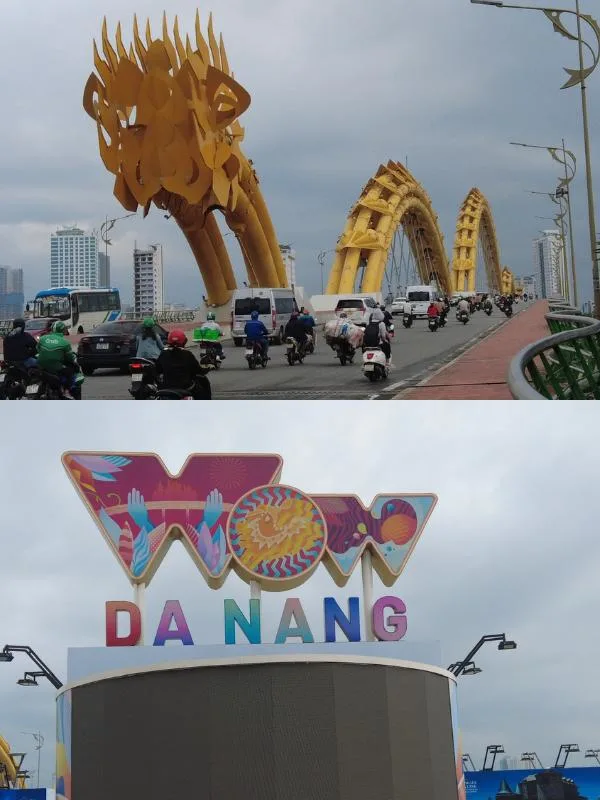
Traffic in Vietnam — especially in cities like Hanoi and Ho Chi Minh City — can be overwhelming for first-timers. It’s essential to slow down and take care when crossing the street.
Tips:
- Walk slowly and steadily across the road — don’t run or stop suddenly.
- Let the motorbikes flow around you — they expect you to keep moving.
- Try to cross with locals if possible or at traffic lights where available.
💡 Tip: The first crossing is always the scariest — trust the rhythm and keep calm!
5. Respect Local Culture and Dress Modestly 🧘♀️
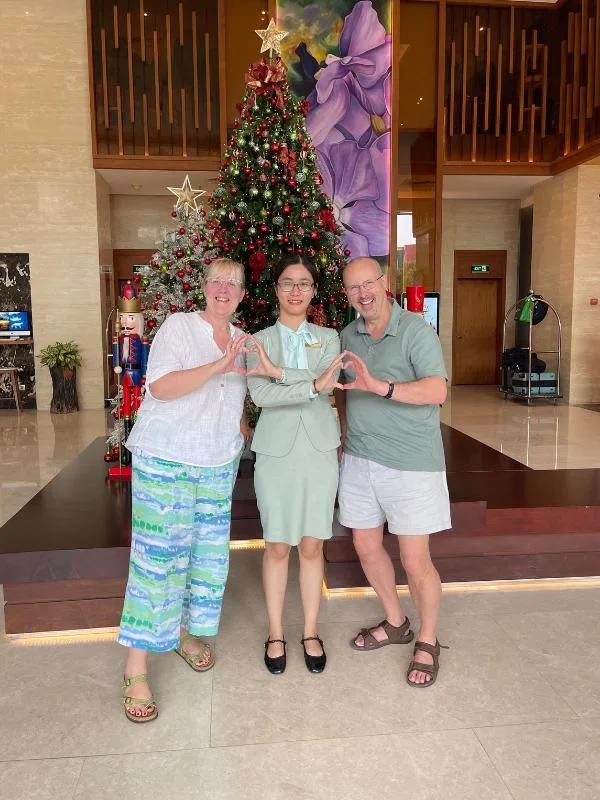
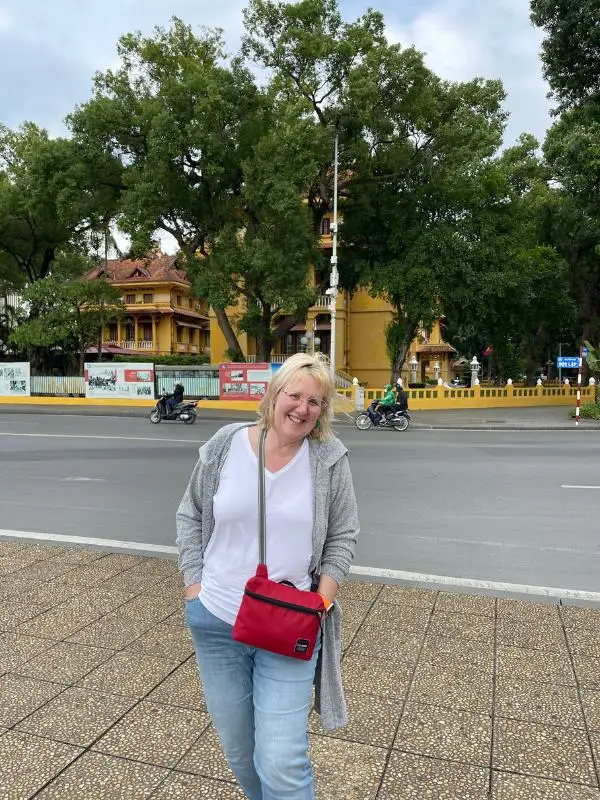
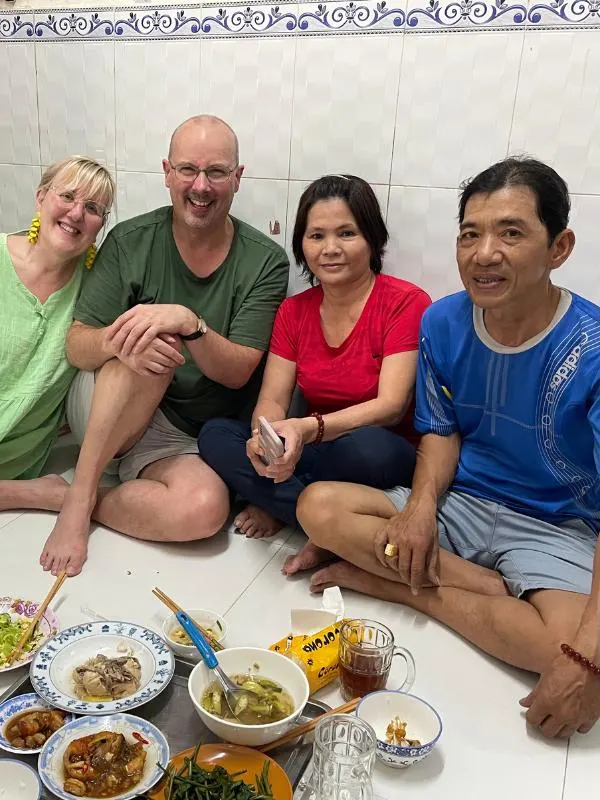
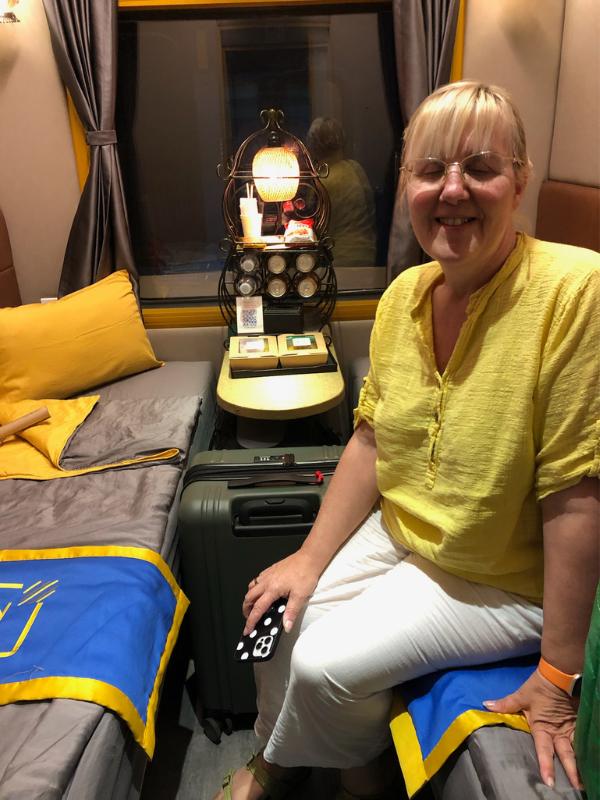
Vietnamese people are warm, friendly, and polite — and showing respect for their local customs goes a long way.
Tips:
- Dress modestly and respectfully when visiting temples or rural areas (it’s respectful to cover shoulders and knees).
- Remove shoes before entering someone’s home or certain shops.
- Avoid public displays of affection — they’re considered inappropriate in many places.
- Don’t touch people on the head or point with your feet.
💡 Tip: Learn a few local greetings — you’ll find it’s appreciated even if your pronunciation isn’t perfect!
6. Street Food Is a Must (But Eat Smart) 🍜
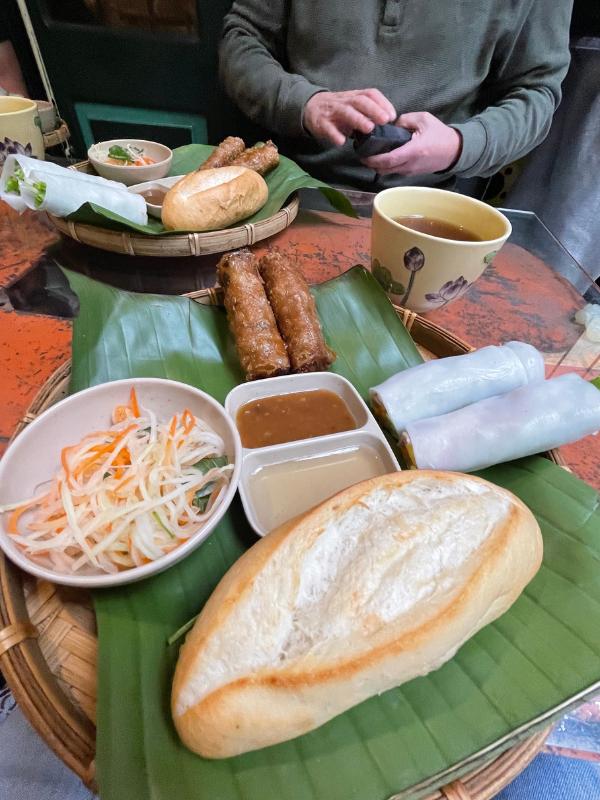

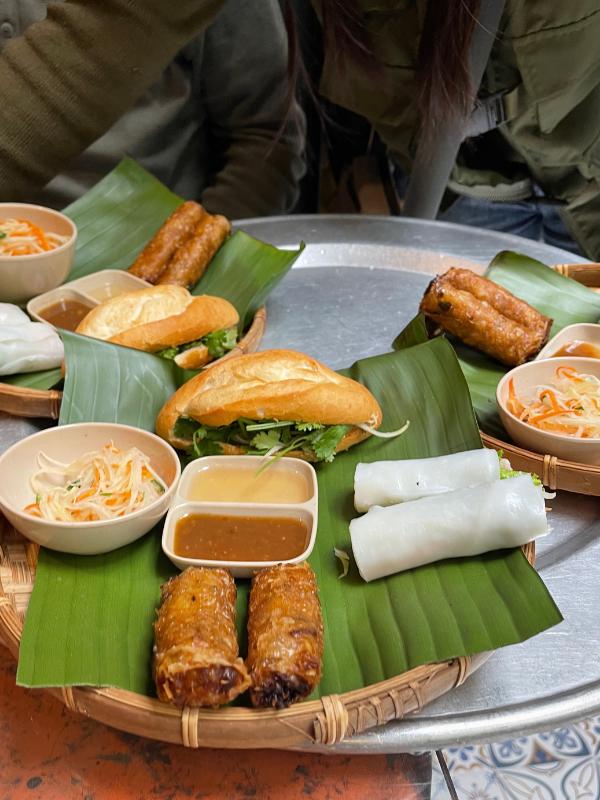
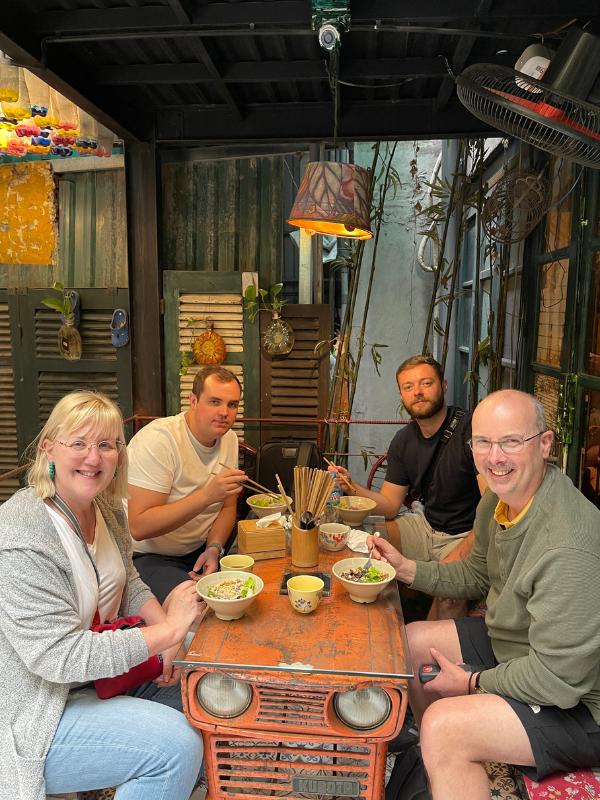
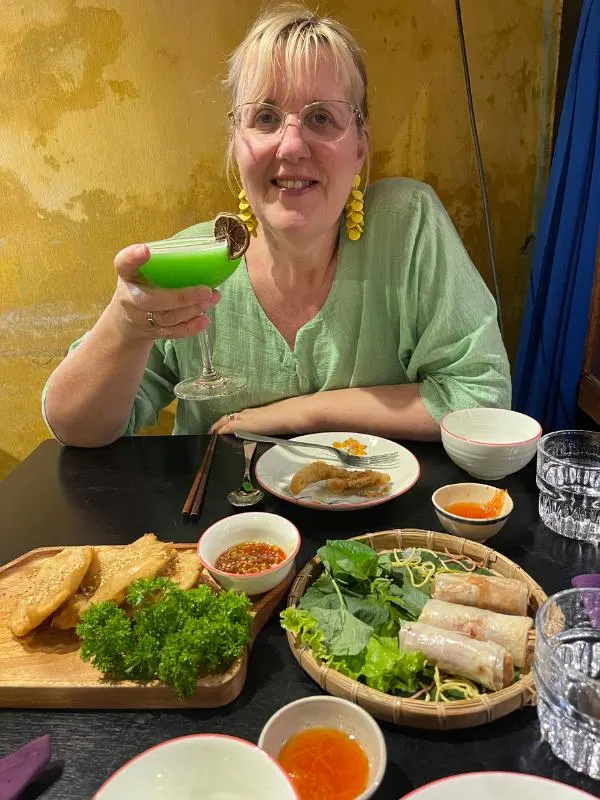
Vietnam is one of the best food destinations in the world and its street food culture is legendary. We found the food tasty, cheap and filling. But if it’s your first time, it’s important to be selective in order to avoid traveller’s tummy.
Tips:
- Choose stalls that are busy with locals. If it’s busy, it means it has high turnover so the food will be fresh. Quiet stalls may have had food sitting around for a long time.
- Stick to dishes that are freshly cooked and steaming hot – ideally it should be cooked in front of you.
- Carry tissues or hand sanitiser (napkins aren’t always provided).
- Try local favourites like pho (soup), banh mi (a baguette like bread) and bun cha (grilled pork and noodles). We loved goi cuon (spring rolls).
💡 Tip: Don’t skip local markets — some of the best food we found in Vietnam comes from humble street corners.
7. Tipping Isn’t Expected — But It’s Appreciated 💰
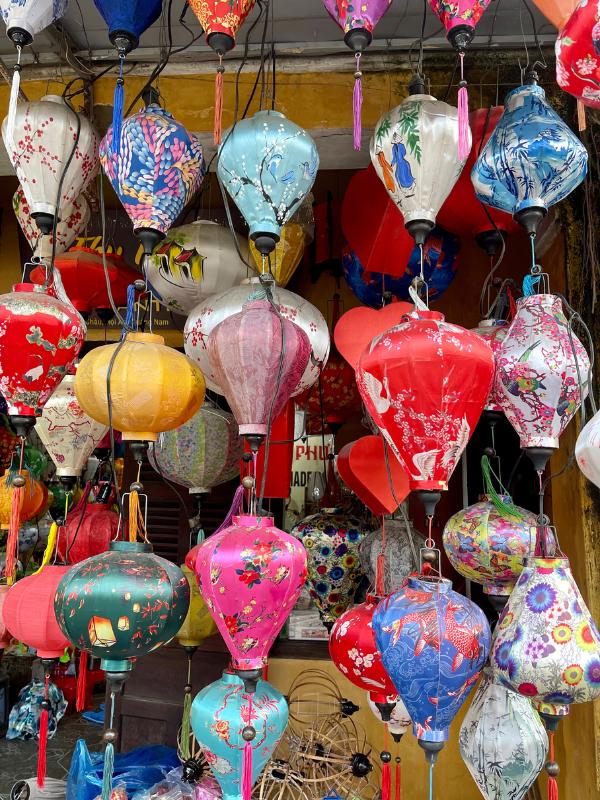
Tipping isn’t mandatory in Vietnam, but it’s increasingly common and is appreciated in the service industry.
Tips:
- Round up your bill or leave small change at casual restaurants.
- Tip guides and drivers at the end of a tour (approx.10% is generous).
- Tip hotel porters around 10,000–20,000 VND (£0.30–£0.60 / $0.50–$1)
💡 Tip: Always tip in local currency — US dollars are less practical here than in neighbouring Cambodia.
8. Vietnam Is Long — Plan Travel Times Wisely 🚆
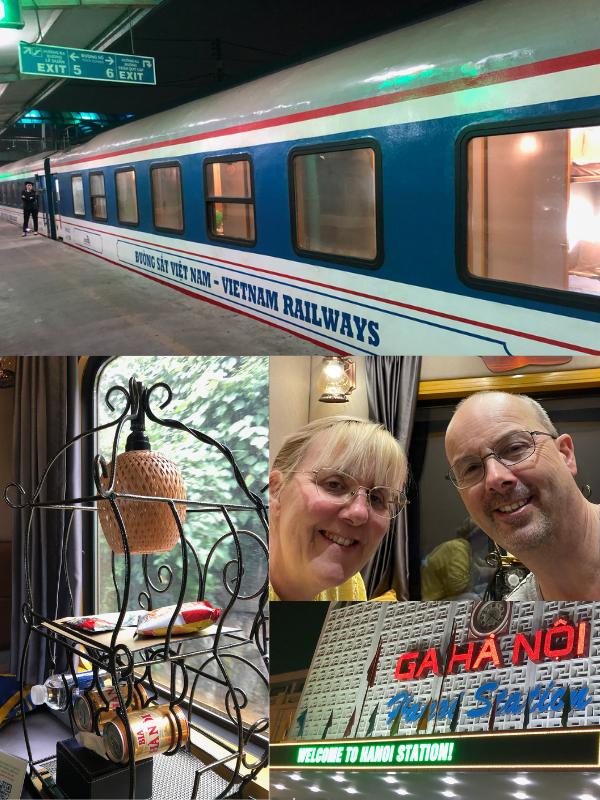
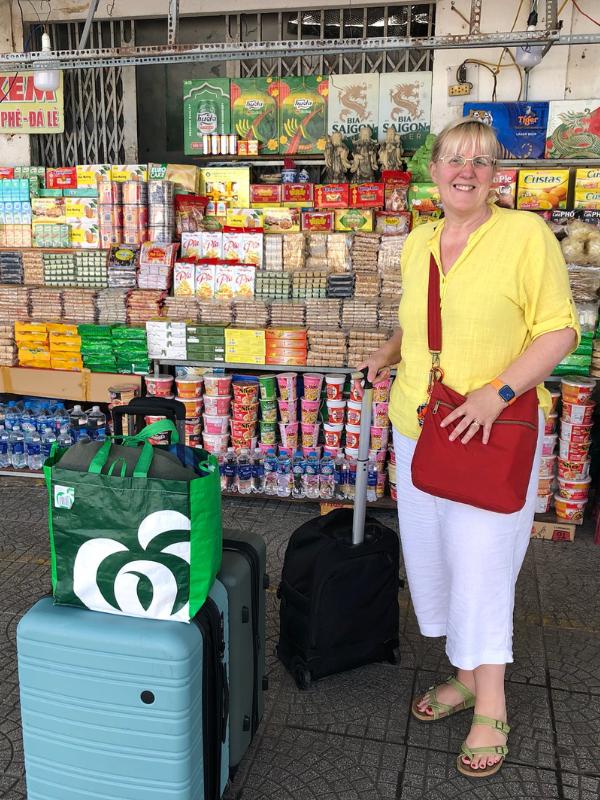
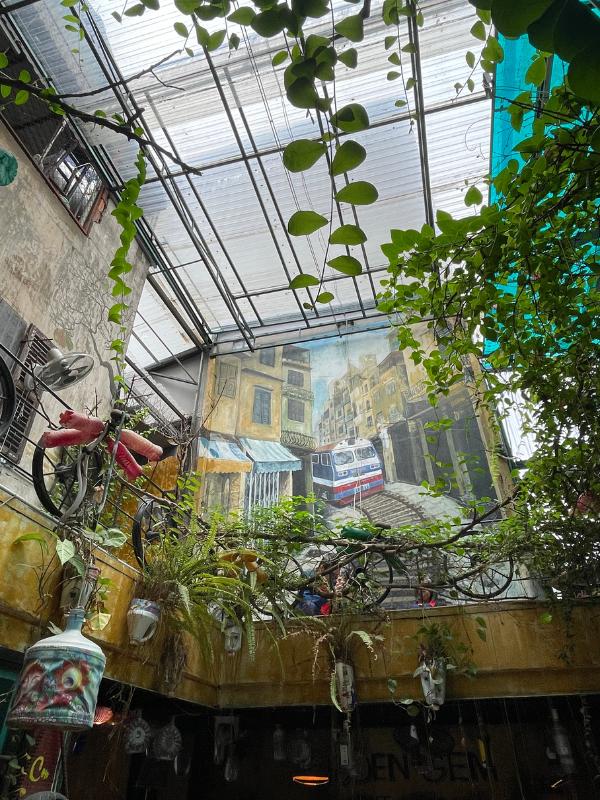
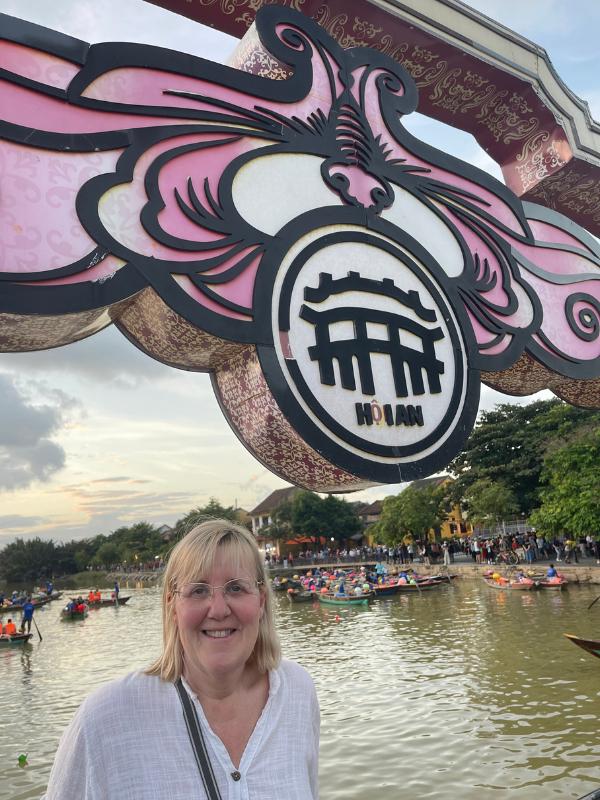
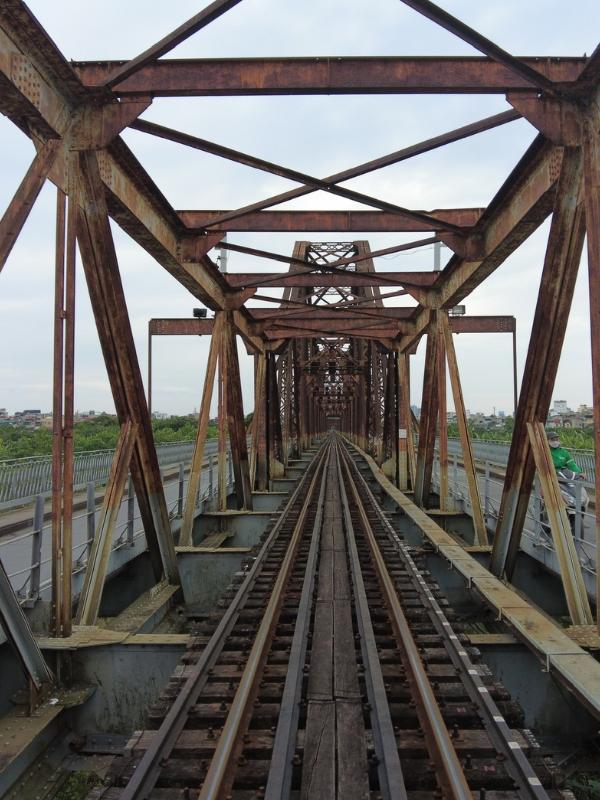
Vietnam is larger than many people think. It stretches over 1,600 km from north to south so travel distances can be deceiving.
Tips:
- Don’t underestimate journey times between major destinations.
- For long journeys, consider a domestic flight with Vietnam Airlines, VietJet, or Bamboo Airways. Flights are cheap and much quicker than taking the train or bus. We found it easier to take the train from Da Nang to HCM City for example.
- Overnight trains and sleeper buses are popular but vary in quality so book through trusted providers such as 12goAsia or Baolau. You’ll need to book early for sleeper trains as they often sell out.
- Plan your itinerary carefully to group nearby stops together (e.g. Hue, Da Nang, and Hoi An).
💡 Tip: Use apps like 12GoAsia or Baolau to book domestic transport online.
9. Don’t Drink Tap Water 🚱
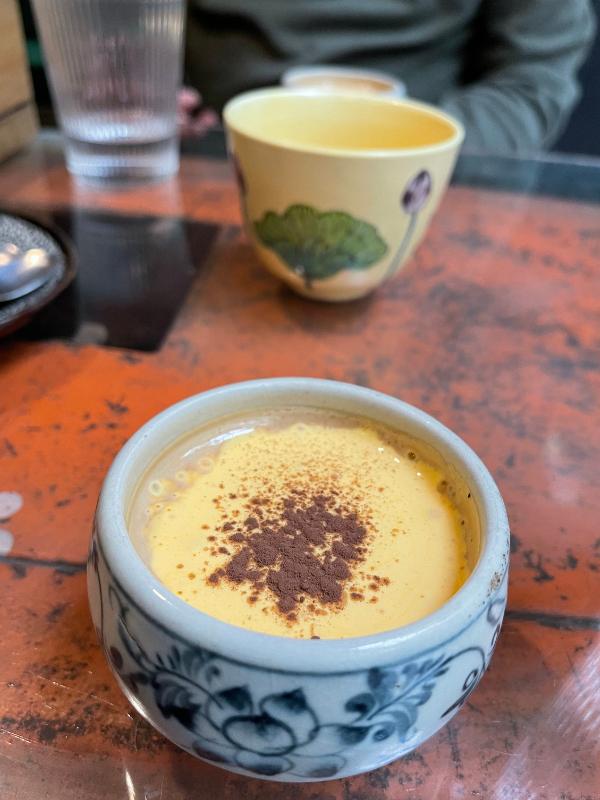
Tap water in Vietnam is not safe to drink — even in cities. Stick to bottled or filtered water at all times.
Tips:
- Avoid ice in drinks unless you know it’s made from filtered water.
- Use bottled water for brushing your teeth.
- Many hotels offer complimentary bottled water daily.
💡 Tip: Bring a reusable bottle and refill from filtered dispensers where available to reduce plastic waste.
10. Expect Different Weather Across the Country ☀️🌧️
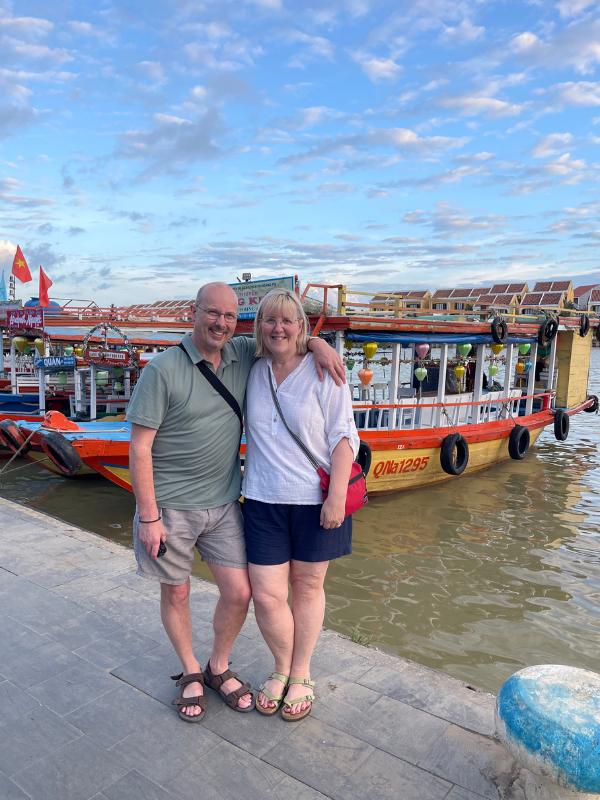
Vietnam’s weather is regional and seasonal. The north, central, and south have different distinct patterns.
Tips:
- North (Hanoi, Sapa): Cool winters, hot summers, and spring rain (best time to visit is between October – April).
- Central (Hue, Hoi An): This area is prone to typhoons from September – December. The best time to visit is in the dry season from January – August.
- South (HCMC, Mekong): Hot year-round, with a wet season from May – October.
💡 Tip: Pack a lightweight rain jacket and umbrella — even during the dry season, you might get a passing shower!
11. Take a Day Trip to Explore Beyond the Cities 🧭

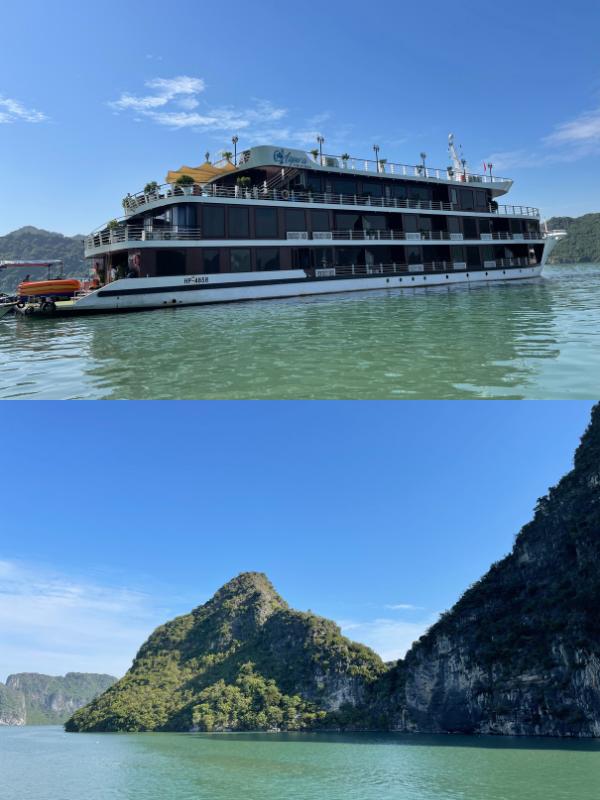
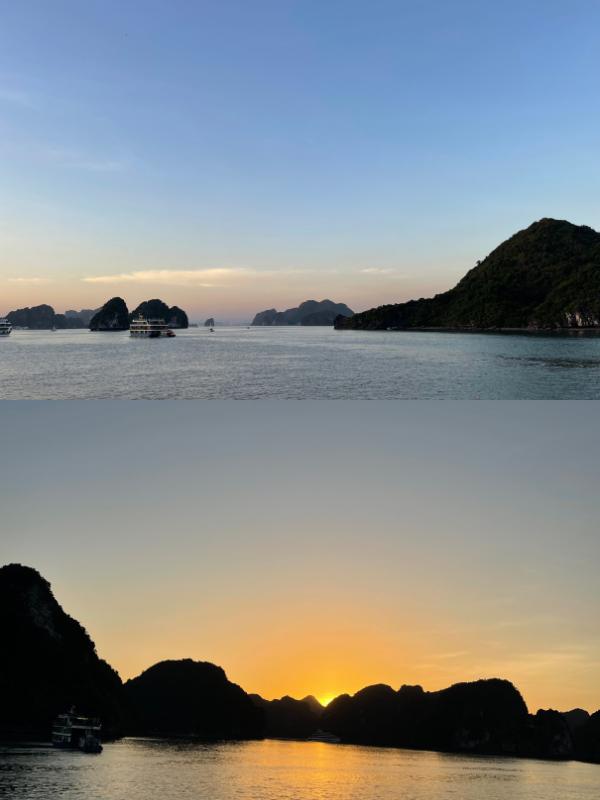
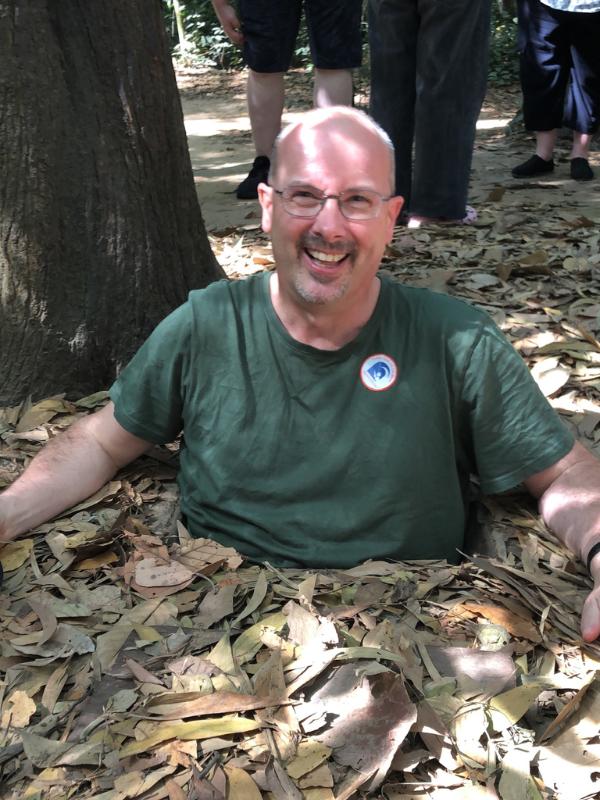
While cities like Hanoi and Ho Chi Minh are packed with energy, some of the best experiences are to be found outside the urban chaos.
Our top recommended day trips:
- 🚤 Halong Bay or Ninh Binh from Hanoi
- 🏞️ Ba Na Hills or My Son Sanctuary from Da Nang/Hoi An
- 🚴♀️ Mekong Delta or Cu Chi Tunnels from Ho Chi Minh City
Tips:
- Book small-group or private tours for a more authentic experience.
- Leave early in the morning to make the most of the day and to escape the crowds.
- Many tours include lunch, hotel pick-up, and English-speaking guides.
💡 Tip: Research ethical tour operators — avoid mass tourism in Halong Bay or animal-based attractions.
12. Be Patient and Flexible 🧘♂️
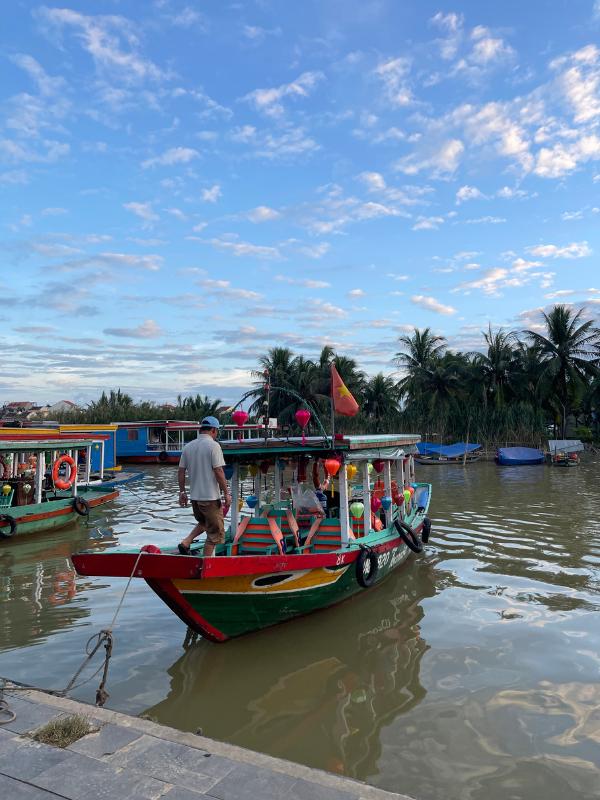
Vietnam is friendly and welcoming, but things do not always run on schedule. From bus delays to unexpected street closures, flexibility is key. Don’t stress – if you relax and accept it as part of the Vietnam travel experience, you’ll enjoy your trip more.
Tips:
- Always leave some buffer time between tours or flights.
- Stay calm and polite — losing your temper won’t help.
- Learn to embrace the pace — Vietnam moves on its own rhythm.
💡 Tip: A smile, a wave, or a sense of humour will get you far — especially if something goes off plan!
Final Thoughts
Vietnam is one of Southeast Asia’s most unforgettable destinations. It’s a country where ancient traditions, mouth-watering cuisine, stunning landscapes, and vibrant street life all collide. As a first-time visitor, you’ll be welcomed with warmth and curiosity — and likely leave with a deep appreciation for everything Vietnam has to offer.
